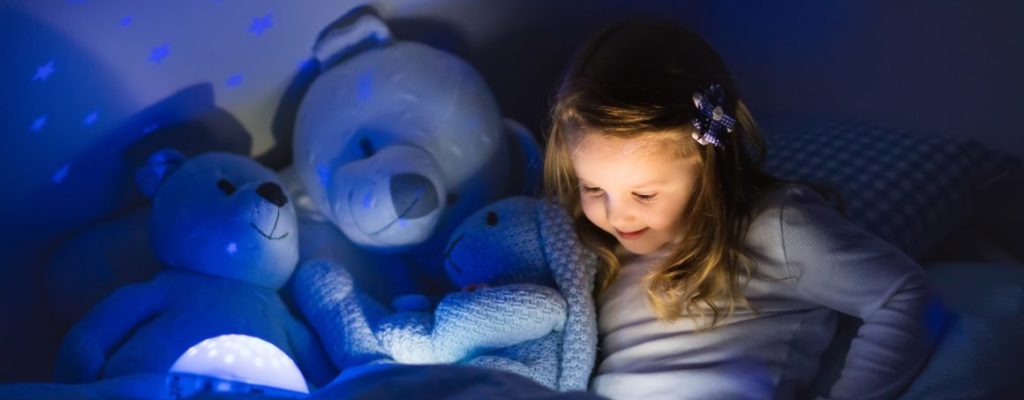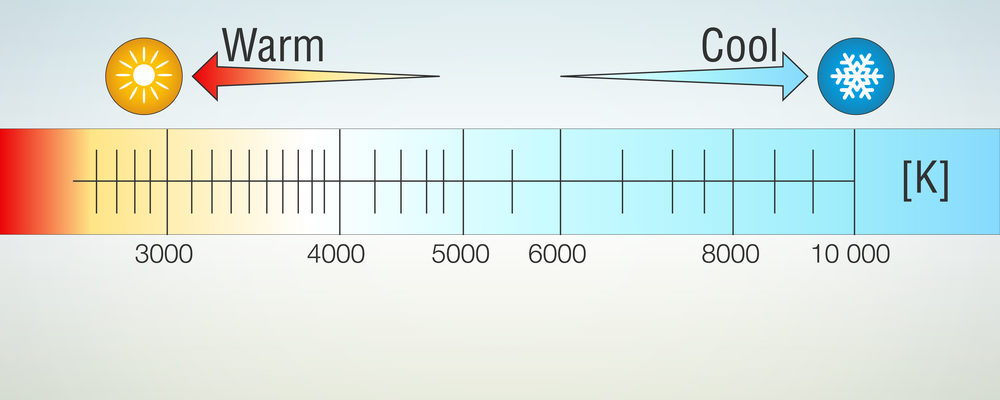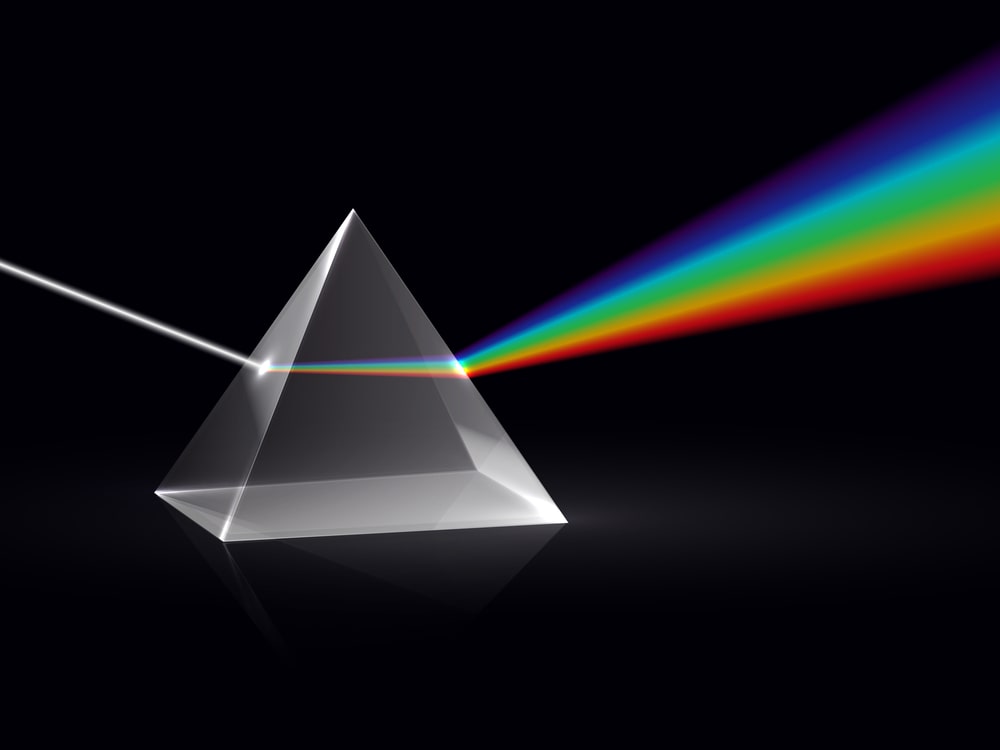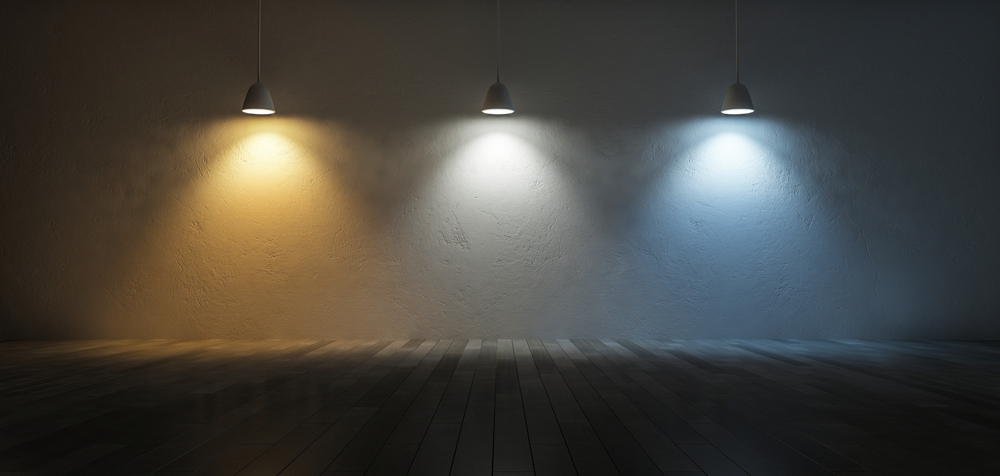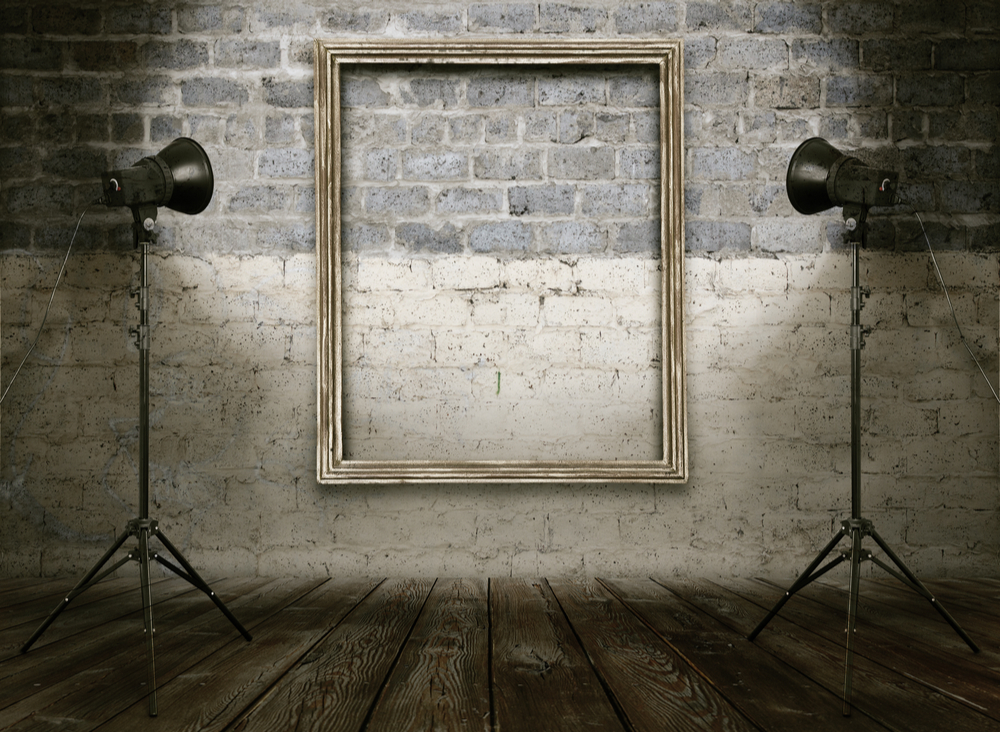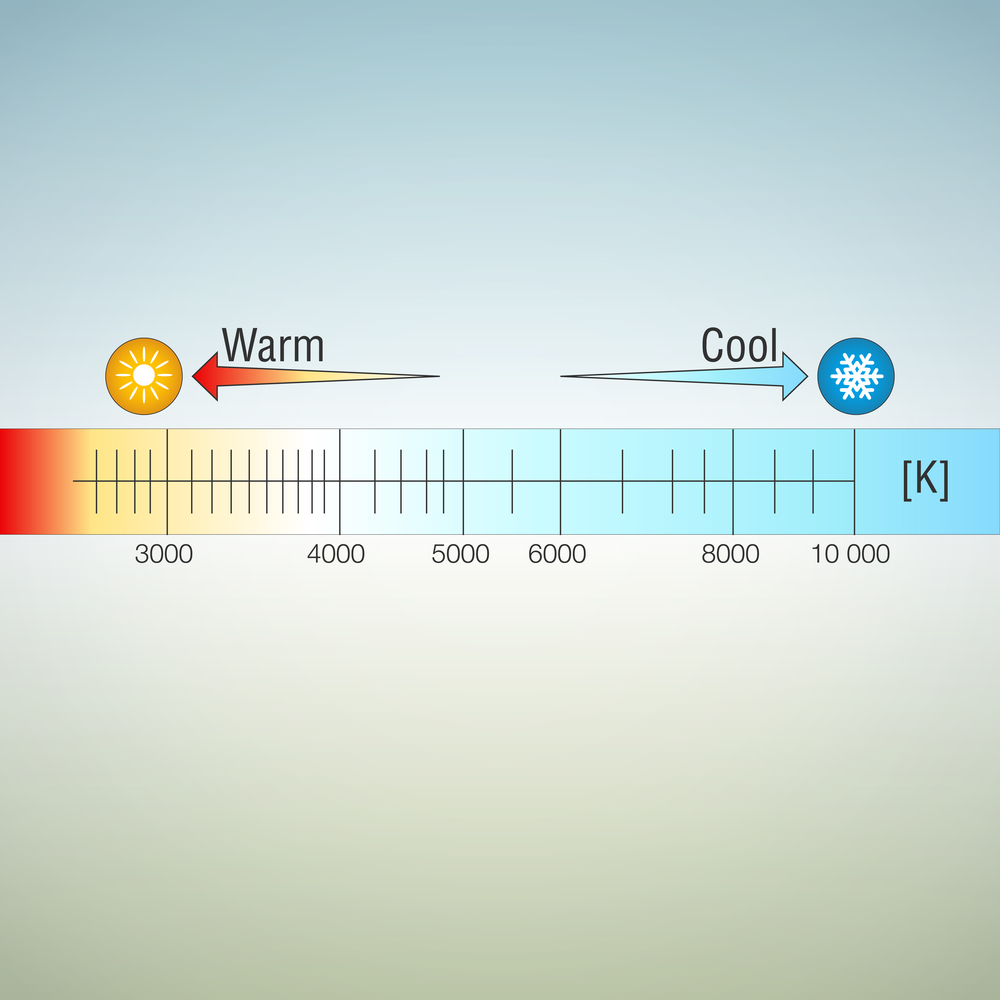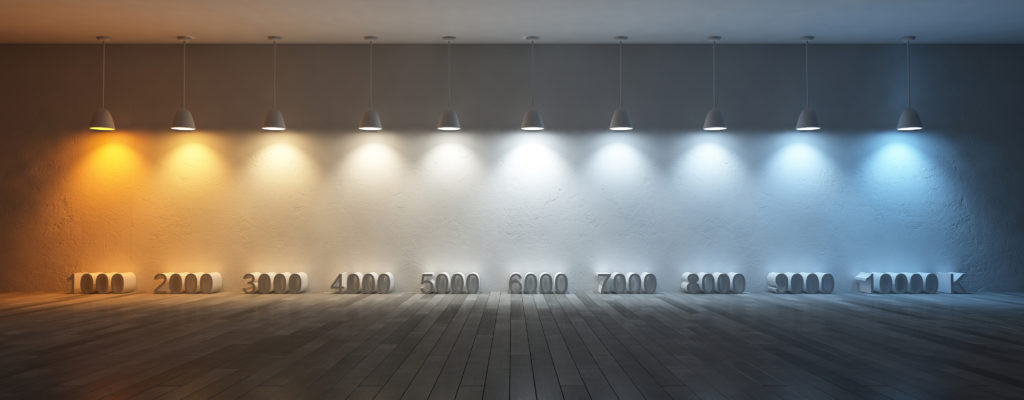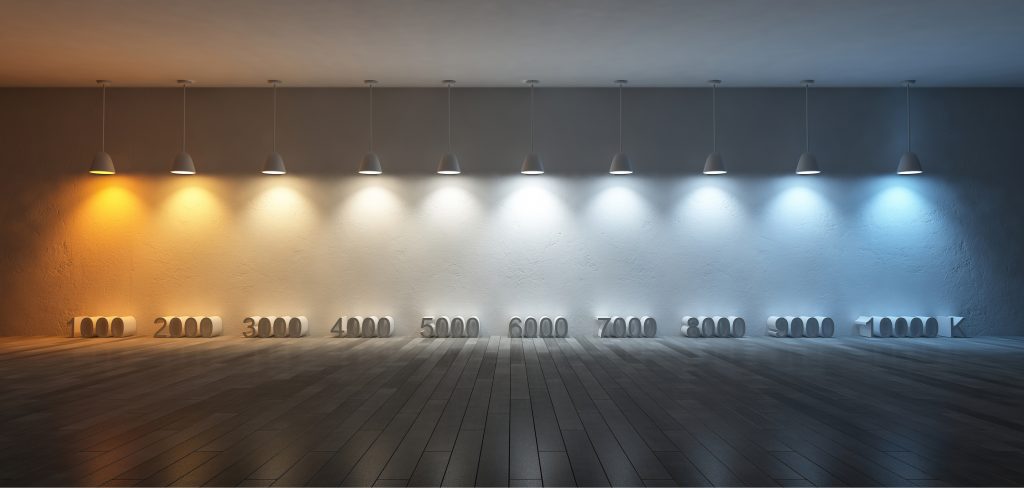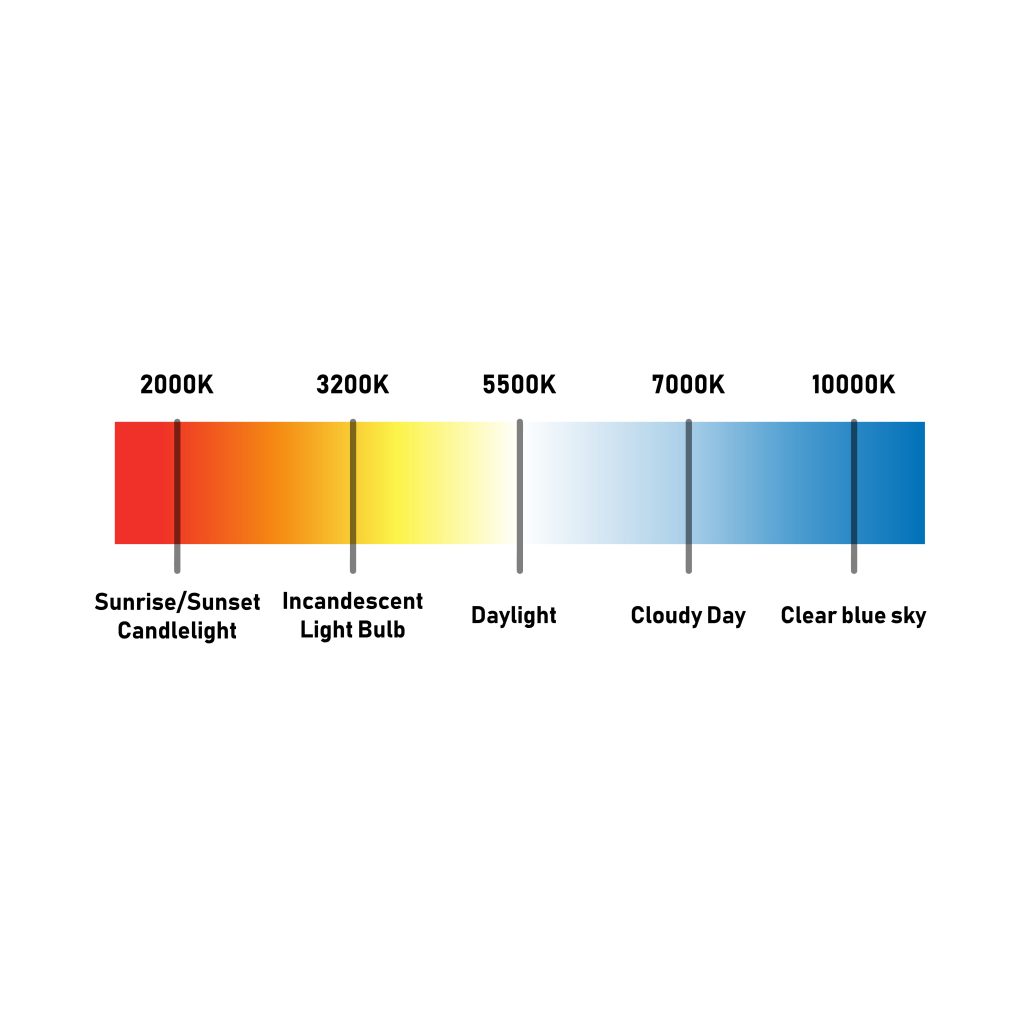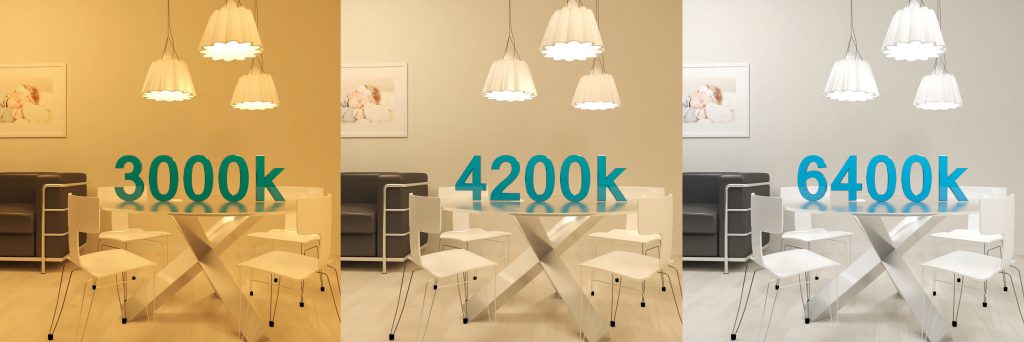Picture this: you finally found your dream light fixture. In fact, it’s getting so much attention that your guests aren’t even noticing your expensive Persian rug! After a few months, however, you pause your spring cleaning and notice that your alluring fixture is FILTHY! Here are a few tips to get that fixture sparkling like new.
1. Be Safe
First, turn off power to the fixture to avoid any risk of shock. If you need a ladder, secure all four feet on a level surface before ascending. In addition, move the ladder as you work instead of stretching to clean beyond your reach. Never twist or spin your fixture as it may loosen the support.
2. Avoid Chemicals on Metal
Chemicals damage the lacquer coating on fixtures, so grab a microfiber/soft cloth and mild detergent soap. Wipe the metal parts of the fixture with the cloth without scrubbing or being too abrasive. Again, do not use an all-purpose cleaner or anything that contains ammonia or alcohol, or you’ll damage the appearance of your fixture.
3. Use Glass-Specific Products
Truly clean glass can be hard to achieve, but there are plenty of great products to help. For example, one favorite at Hobrecht Lighting is pre-moistened, ammonia-free glass cleaning wipes. If possible, remove the glass from the fixture and wipe it clean. If not, just wipe the glass as-is. Remember to avoid spraying cleaner on the fixture to ensure that chemicals do not touch the metal.
4. Try the Vacuum
If your fixture has a fabric or beaded shade, don’t be afraid to use the vacuum! We like to use a hose attachment to reach up high and vacuum the shade clean. If your delicate fixture has a more serious stain, we recommend professional dry cleaning (and yes, that does exist for light fixtures)!
5. Don’t Forget the Bulbs
The most oft-neglected step for a sparkling fixture is a clean light bulb! After cleaning the rest of the fixture, unscrew each bulb and gently wipe it clean. Your microfiber cloth and gentle cleaner will work wonders here! This ensures that you get the full light output that your bulb has to offer.
6. If Possible, Dust Regularly
Give yourself a pat on the back! Now that you’ve deep-cleaned your fixture, it’ll be much easier to maintain. We highly recommend weekly dusting, though we realize that it’s not everyone’s favorite chore. However, with an extendable-arm duster, it’s much easier to reach those high hanging fixtures and give a quick dust in even the most awkward spots.
Finding the right fit for your style, space, and taste can be challenging, but you nailed it. With a few expert cleaning tips, you can keep it sparkling all year long. If you have any questions about cleaning your unique fixture, reach out to us online or give us a call. We’re here for all your lighting needs!




